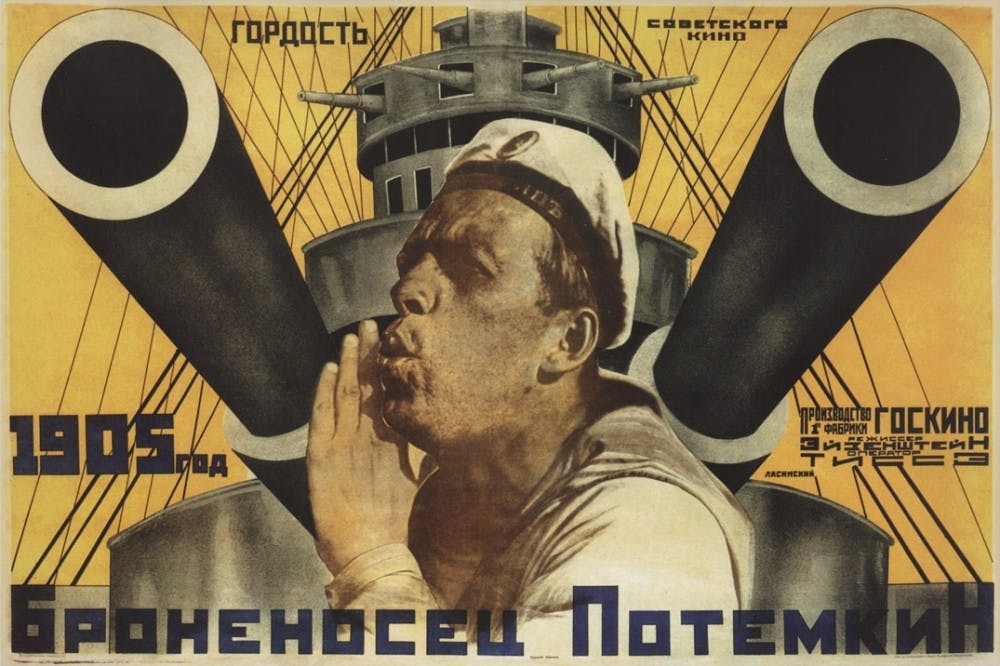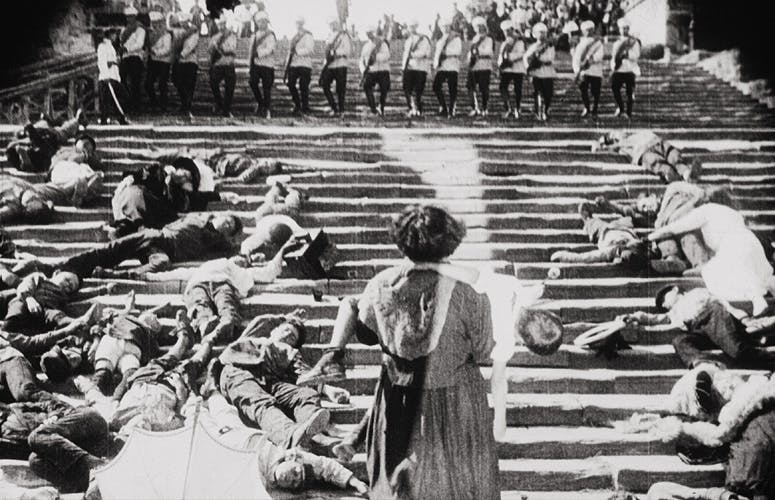

The intellectual montage demands additional attention because it is considered to be an alternative system to the method of continuity editing.

Intellectual: The last method developed by Eisenstein is devoted to the usage of shots which used to elicit intellectual characteristics and meaning being combined.Tonal: As it was mentioned above this method is directed at eliciting the audience reaction it is based on the usage of emotional shots meaning with the involvement of rhythmical characteristics manipulating.

Associational: This method is considered to be the overtonal montage obtaining the features of rhythmic and metric while the tonal montage is aimed at synthesizing its effects for the purpose of getting more complicated and abstract effect.Metric: It is the method of editing being followed by particular frames (focused on physical time nature), going to the following shot.Rhythmic: This method means cutting taking into account time and involving composition of various shots through the speed change it also contains audial elements usage.The methods of montage developed by Eisenstein are considered to be used in Soviet theories. It is important to underline the fact that his theory is merely based on the fact that montage technique takes place in the “collision” of various shots in the process of antithesis and thesis illustration. He stressed contemporary ellipses with the obvious changes between shots being not seamless and less fluid than before.Įisenstein is regarded to be the author of five montage methods disclosed in his work “Word and Image”.

According to his theory montage offered discontinuity in creation of spatial matches and 180 degree rule violations. One should underline the fact that Eisenstein referred the technique of montage to the “nerve of cinema” stating that to identify its nature means to solute the principle problems of cinema making. He is the author of “A Dialectic Approach to Film Form” disclosing the nature, functions and aims of montage usage. One of the most outstanding representatives of the Soviet montage theory is considered to be Sergey Eisenstein. Nevertheless, the demonstration of political images by means of montage could result in negative effects making the nation passive watchers rather than participants. It should be stressed that montage was also used for the purpose of capitalism development with the purpose of spread sales it means that officials of that period were interested in the promotion of political agenda by means of ideological and emotional persuasion. The complimenting or clashing images provided a sensory reaction fulfilling the political goals of filmmakers and reflecting the political situation of that period. The background for the montage creating appeared to be political response making for revolution inciting. They concentrated on the montage development and explanation of its effects and impact on the development of cinematography. The introduction of this theory took place in 1920 and combined the contributions of the greatest filmmakers such as Dziga Vertov, Lev Kuleshov and others. The theory of Soviet Montage refers to the approaches of creating and understanding cinema being based on editing. It should be stressed that American and Soviet cinematography left an outstanding print in the world history due to the number of innovations they introduced and a great variety of well known directors contributing to the development of this sphere.


 0 kommentar(er)
0 kommentar(er)
